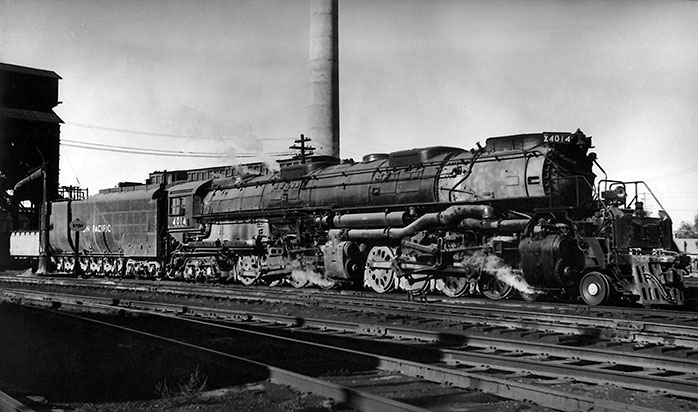I have already documented one prior visit here, on the blog. This yielded some interesting views of the highly unique and exclusive SD-59MX, of which there are only three extant.
I also revealed the above aerial view of the Roseville Yard, taken by myself from a law enforcement helicopter a few years ago, because I have worked for various LE agencies for roughly 40 years.
During this visit, I found Roseville's J.R. Davis Yard to be remarkably settled but -- yet -- concealing a major revelation. See the below photos to disclose this new discovery, with captions.
The problem with posts such as this revolve around the time required to monitor the proper uploading and accurate portrayal of posts such as I would demand. Two or three photographs, on my current provider, require a good half hour. With ADD as I have, that tasks me completely. Which is why I don't post here as much as I would wish. Because I, frankly, haven't the patience, primarily.
Here, an elder EMD GP-38-2 unit, 587, is hooked to a younger EMD SD-70M.
An actual UP, former SP, rotary plow numbered SP MW 211, weighing in at 265,740 thousand stated pounds, not counting the tender behind.
Close-up, a rotary plow unit, co-powered by steam and diesel.
Cab view of a GP38-2 unit in perfect working condition.
The J.R. Davis Yard main building on Atkinson Street in Roseville, CA
Looking west, with a warning sign that still creates chaotic union reactions.
UP 3583, a former 8000-series EMD SD9043AC unit. Embiggen the photo and then try to deduce the original number. Can you do it?
UP 3660 and UP 3583.
Harbor mist grey. Armor yellow. An updated yellow rectangle easily replaces an entire locomotive repaint, does it not, in terms of overall cost?
This Roseville siding holds some major techno updates that, in reality, didn't quite pan out for the manufacturer, EMD, and the locomotive purchaser, Union Pacific.
The great line of the classic intro SD-9043AC units. They shipped with only 4,300hp prime movers.
The massive line. Once-respected EMD SD-90MACs now diminished in terms of primacy and in terms of numbers.Stay safe and be well.















































